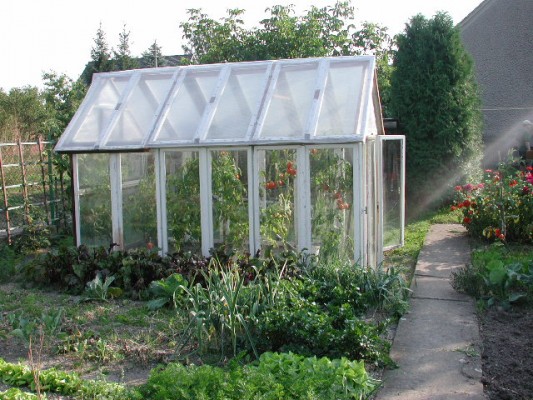 Global warming has been one of the biggest issues facing humanity for the past few years. While Governments are chasing their tales to try and work out the best way to minimise human impact on the earth’s climate, it’s important to understand what’s happening on the planet to cause such concern. As part of our Earth Month coverage, today we’re going to look a little bit closer at The Greenhouse Effect.
Global warming has been one of the biggest issues facing humanity for the past few years. While Governments are chasing their tales to try and work out the best way to minimise human impact on the earth’s climate, it’s important to understand what’s happening on the planet to cause such concern. As part of our Earth Month coverage, today we’re going to look a little bit closer at The Greenhouse Effect.
As the name suggests, the Earth is like one big greenhouse. The sun’s rays enter our atmosphere, heating up the planet’s surface, as well as giving us suntans and the energy to get up and go to work each day. If the energy from the sun was rejected at the start of the earth’s atmosphere, the planet would be a rather mild average of -18ºC on a daily basis, instead of the 15ºC it is today.
Once the planet’s surface has been nicely warmed up, it starts to radiate some heat of its own, except this time in the form of infrared rays. This heat energy glows up from the earth and mostly gets absorbed into the atmosphere, which gives us the pleasant living conditions we experience today. While most of the energy is absorbed, some does manage to leak out into space, potentially to create space mutants in a distant galaxy (but probably not).
But as it turns out, there’s only one particular molecule in the atmosphere that absorbs the IR radiation from the earth – CO2. Which means that as we start to pump more and more CO2 into the atmosphere by burning coal and driving cars and breathing out, there’s more and more of the planet’s IR heat energy being absorbed into by the atmosphere, warming it up.
Here’s a video that explains the process a little more eloquently:
So what can we do to stop it? The obvious answer is to lower our CO2 emissions, but that in itself is easier said than done. Governments around the world are struggling to find solutions that will reduce emissions sufficiently without bankrupting industry, and so they drag their collective feet, waiting for a miracle.
The answer from an individual standpoint is simple and logical – do your best to reduce your own carbon footprint. Buy green electricity and do your best to minimise your usage of it. Where possible, walk or cycle to work. Turn off light switches, plant trees and don’t boil a full kettle for a single cup of tea. If everybody made an effort, the difference would be obvious. It’ll also save you money in the long run.